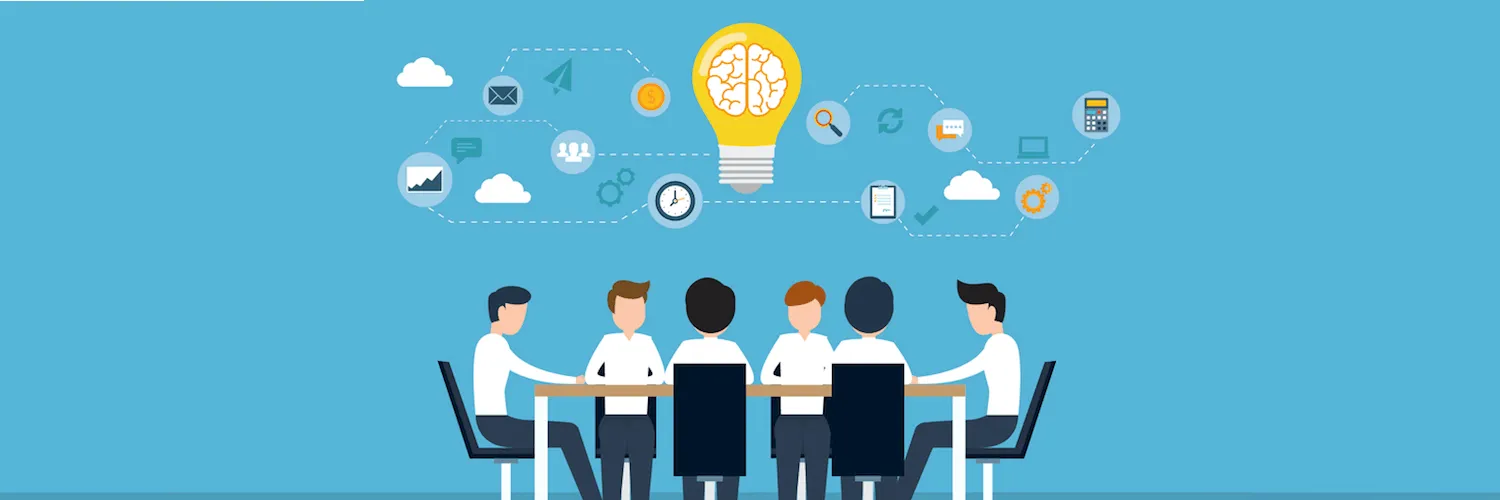1. Implement Flexible Work Hours
One effective way to boost your team's productivity is by implementing flexible work hours. This approach allows employees to choose their working hours based on when they feel most productive. Studies have shown that individuals have varying peak performance times throughout the day. By allowing team members to tailor their schedules, you can harness their natural productivity cycles, which can lead to increased efficiency.
For example, some employees may work best in the early morning, while others may hit their stride in the late afternoon. By accommodating these preferences, you create a more engaged and motivated workforce. Additionally, this flexibility can significantly reduce stress levels, helping to avoid burnout.
| Employee | Preferred Work Hours | Peak Productivity Time |
|---|---|---|
| John | 6 AM - 2 PM | 8 AM - 10 AM |
| Sarah | 10 AM - 6 PM | 3 PM - 5 PM |
| Mike | 8 AM - 4 PM | 10 AM - 12 PM |
2. Foster a Culture of Open Communication
Another essential strategy for enhancing productivity is fostering a culture of open communication within your team. When team members feel comfortable sharing their ideas, concerns, and feedback, it leads to a more cohesive and collaborative work environment. Open communication can prevent misunderstandings and ensure that everyone is on the same page, which ultimately boosts overall productivity.
Regular check-ins and feedback sessions can be instrumental in creating this culture. Encourage team members to speak up during meetings and provide a safe space for sharing thoughts. This practice not only enhances team dynamics but also helps identify potential issues before they escalate into bigger problems, reducing the risk of burnout.
Consider implementing tools like project management software or communication platforms such as Slack or Microsoft Teams. These tools can facilitate constant communication, making it easier for team members to collaborate effectively and stay informed about ongoing projects.
3. Encourage Regular Breaks and Time Off
Lastly, encouraging regular breaks and time off is crucial for maintaining productivity and preventing burnout. Many employees believe that working longer hours equates to higher productivity, but research indicates that this is a misconception. In fact, taking short breaks can enhance focus and creativity, leading to better overall performance.
Encourage your team to take scheduled breaks throughout the day, allowing them to recharge and return to their tasks with renewed energy. Additionally, promote the importance of taking vacation days. Time away from work is essential for mental health and can prevent feelings of overwhelm that often lead to burnout.
| Type of Break | Duration | Benefits |
|---|---|---|
| Short Break | 5-10 minutes | Increases focus and reduces fatigue |
| Lunch Break | 30-60 minutes | Boosts mood and energy levels |
| Vacation | 1 week or more | Improves overall well-being and job satisfaction |
By implementing these three strategies—flexible work hours, fostering open communication, and encouraging regular breaks—you can significantly boost your team's productivity while minimizing the risk of burnout. Remember that a happy, engaged team is a productive team, and investing in their well-being pays off in the long run.
Incorporating these practices not only enhances productivity but also creates a positive workplace culture where employees feel valued and supported. As you work towards improving your team's performance, consider how these methods can be tailored to fit your unique work environment. The result will be a more resilient, motivated, and productive team.





